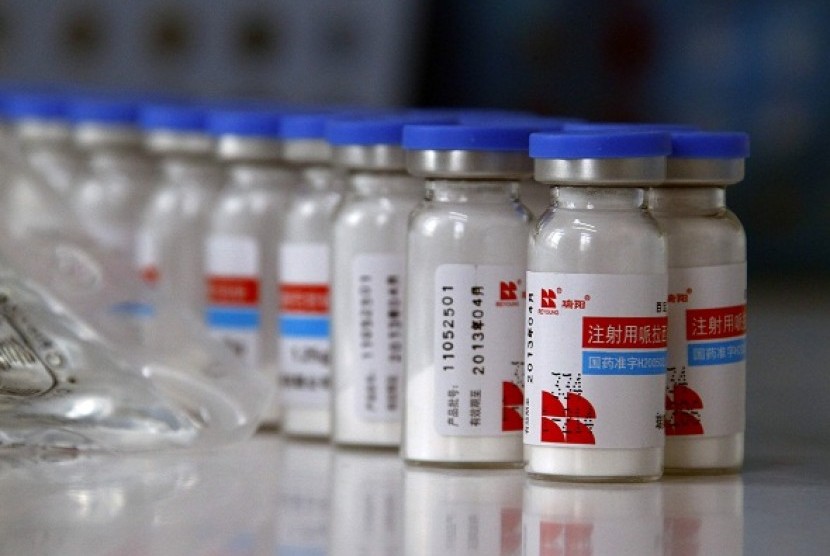REPUBLIKA.CO.ID, MANADO- North Sulawesi AIDS Control Commission (KPAP) said cases of Human Immunodeficiency Virus/Acquired Immunodeficiency Syndrome (HIV/AIDS) had continued to rise in the province. In the years since 2008, HIV/ADS carriers totaled 1,071 people in the province with HIV cases making up 394 and AIDS cases 677, dr Tangel-Kairupan , chairman of the commission said.
Men made up 627 of the total number of the carriers including 445 AIDS carrier with woman carriers making up 444 including 232 AIDS carriers, Kairupan said on Thursday. In the first half of the year, there were 111 known cases in the province including 45 HIV carriers and 66 AIDS carriers, he said.
In 1997, there was no HIV case with only one AIDS carrier who finally died in North Sulawesi. The number of known cases began to rise in 2008 with 55 HIV cases and 93 AIDS cases, Kairupan said, adding the number continued to rise in the following years. In 2011, there were 202 cases of HIV/AIDS, including 128 AIDS cases.
Cases of HIV/AIDS were also reported high in Bali. Bali`s Aids Controlling Commission (KPA) said earlier around 500 pregnant women in Bali carry HIV/AIDs every year. A Commission chairman Prof I Dewa Nyoman Wirawan said a survey showed that one percent of around 50,000 pregnant women every year in Bali are infected with HIV/AIDs .Dewa Nyoman blamed husbands who have the tendency to change sexual partners for the transmission of the deadly disease to their wives at home.
The transmission of the disease did not stop at the wives but the babies in their wombs would also be infected, he said. He said the transmission of the disease from the mother to the baby could bot immediately identified, adding the disease could be detected when the child reaches the age of four to five years. The symptoms are that the child has poor nutrition and suffer from prolonged diarrhea.



